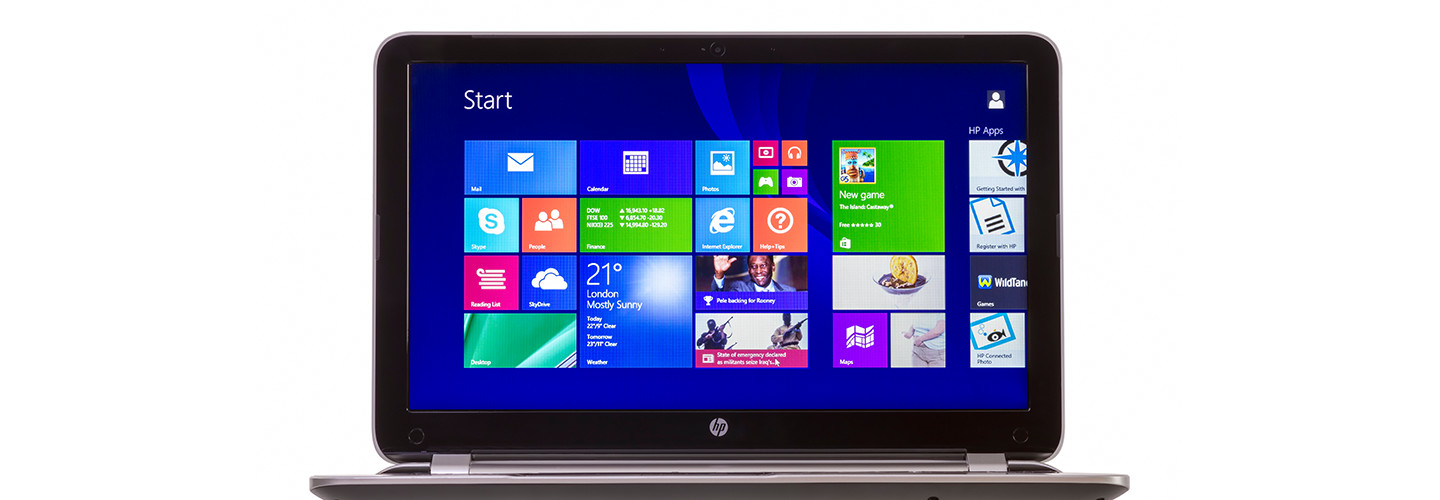5 Questions to Ask Before Your Campus Windows 10 Migration
As university IT teams transition their campuses to Windows 10, issues are sure to appear. Here are some of the most common questions IT teams have about switching to the new operating system.
MORE FROM EDTECH: How university IT teams can overcome cloud migration challenges.
1. What Should Be Included in a Windows 10 Migration Plan?
Decide whether to upgrade or perform a fresh install of Windows 10. Fresh installs require more upfront work but can prove more reliable in the long term. Timing your migration project to coincide with hardware replacement can save time and money. Finally, determine which software branch to use. Most devices should use the Semi-Annual Channel.
2. What Should Be on A Migration Checklist?
Test in-house and third-party applications to ensure compatibility with Windows 10. Decide how to deal with feature and quality updates post-migration. Finally, determine which user and OS settings to migrate. Run some test migrations for targeted user groups and create a plan to phase the migration across devices.
3. What Tools Can Assist with Windows 10 Migration?
Microsoft offers several free and paid tools. Upgrade Readiness in the Azure Operations Management Suite determines if hardware will work in Windows 10. The User State Migration Tool saves and reinstates user settings after a fresh install, and the Application Compatibility Toolkit helps to test app compatibility. Use the Microsoft Deployment Toolkit and System Center Configuration Manager to orchestrate upgrades and fresh installs.
MORE FROM EDTECH: What is the difference between edge and fog computing?
4. What Steps Can Be Take to Prevent Data Loss?
Use the USMT data store to temporarily hold user data and settings. Group Policy folder redirection and OneDrive for Business Known Folder Migration can also be useful to keep user data safe during a migration. Make sure employees take responsibility for storing data in approved locations.
5. What Security Measures Does Windows 10 Offer?
Application and Credential Guard use virtualization-based security to protect Windows from malicious software and domain credential attacks. Microsoft Edge is a new standards-based browser with improved security. Anti-malware is included in the form of Windows Defender, and Windows Hello provides password-free biometric login support. Advanced Threat Protection is built in for subscribers.








